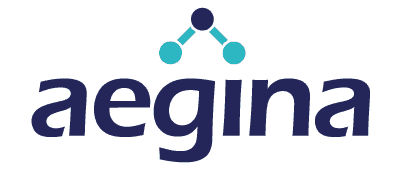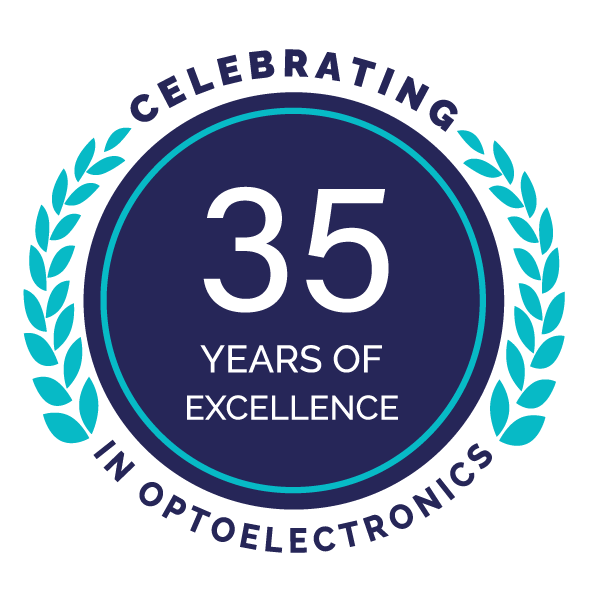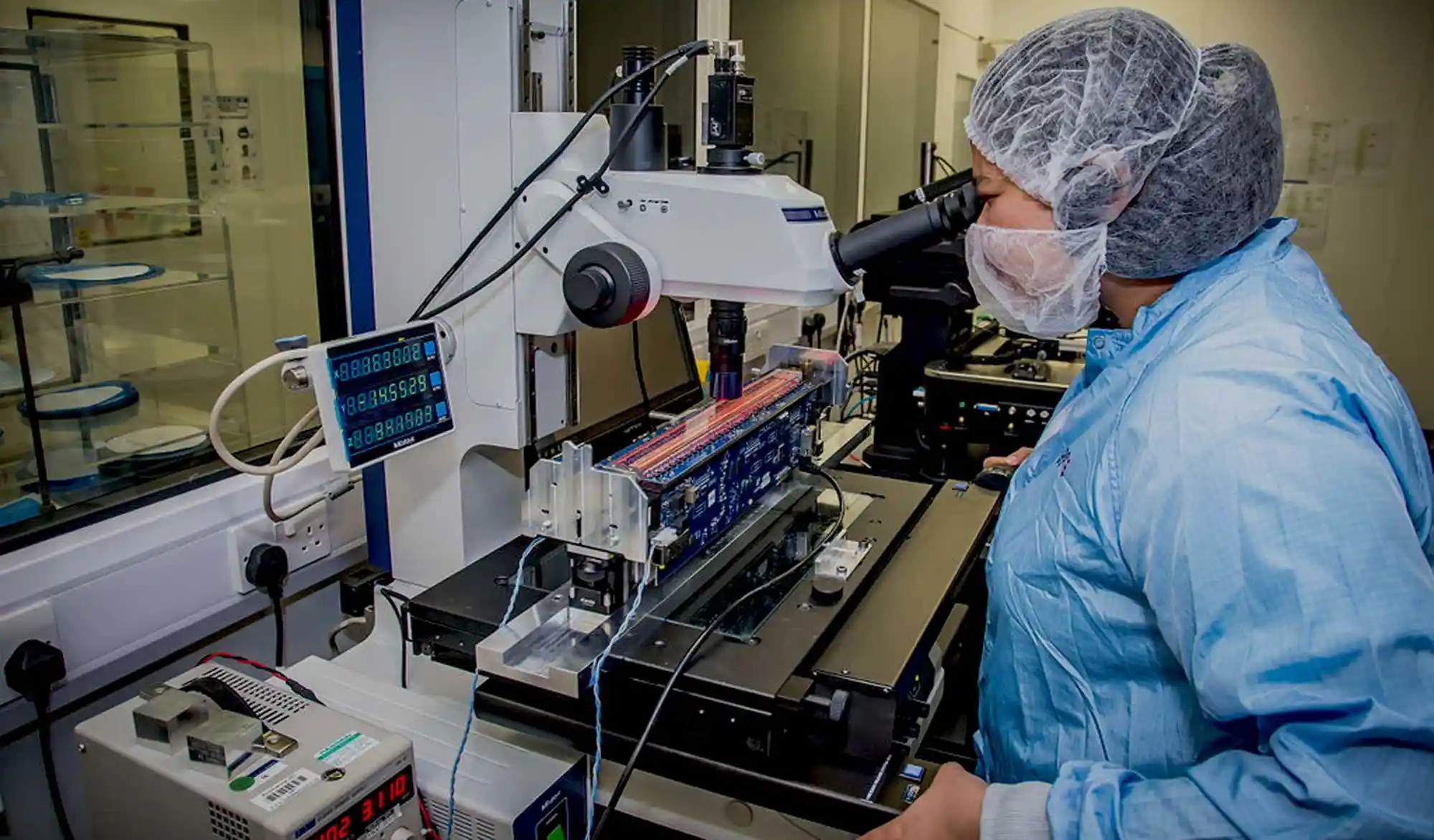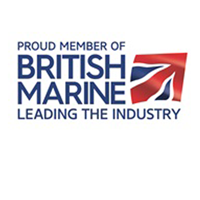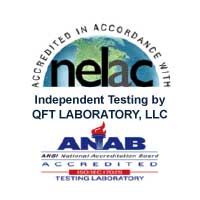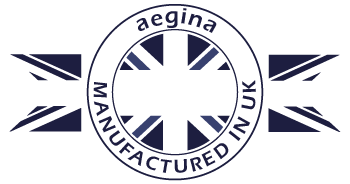It is no secret that clean water is essential for sustaining life. However, it is often taken for granted as access to clean drinking water in many parts of the world is not guaranteed. As a result, access to clean and safe drinking water should be considered a right, not a privilege. That’s why it’s important to understand why water purification is necessary and how it can help protect our health.
What Is The Water Purification process?
Water purification is a process by which impurities are removed from the water to make it safe for drinking or other uses. This process can involve various methods such as filtration, chemical treatment, distillation, and reverse osmosis. All of these methods have one thing in common: they are designed to remove contaminants that might be harmful to human health.
Why Is Water Purification System Necessary?
Water purification is the process of removing contaminants from untreated water sources such as lakes, rivers, oceans, etc., to make them safe for human consumption. Contaminants can include bacteria, viruses, heavy metals, and other hazardous compounds.
If these contaminants are not removed from the water supply before consumption, they can cause serious health issues such as dehydration and even death in extreme cases. By purifying the water source beforehand, any potential risks associated with consuming contaminated water can be avoided.
Read More: Paying the Price

Types Of purifying Water Purification Systems
Water treatment removes the germs from water to make it safe for you to drink. There are several types of water purification systems available on the market today that vary in terms of effectiveness and cost. Here are some examples:
- Reverse Osmosis – This system uses high pressure to force contaminated water through a semi-permeable membrane which traps impurities while allowing purer molecules through into an adjacent chamber;
- Distillation – This system works by boiling contaminated water and collecting the vapour, which contains purer molecules than those found in the original liquid form;
- Ultrafiltration – This system uses special membranes that filter out particles larger than 0.1 microns (such as bacteria). The filtered liquid then passes through an activated carbon filter which removes odours and tastes from the purified fluid;
- Ultraviolet Light – This system utilizes ultraviolet light to kill living organisms in contaminated water sources, which reduces potential health risks associated with drinking untreated or contaminated fluids;
- Chlorination – This system works by adding chlorine or other chemicals to disinfect contaminants present in untreated sources of liquid such as rivers or lakes;
- Ozonation – This system utilizes ozone gas to eliminate bacteria and other microorganisms from untreated sources of liquid;
- Ion Exchange – This system works by exchanging positively charged ions within a solution for negatively charged ions which results in more pure molecules being left behind after filtration.
How To Make Sure Your Drinking Water Is Safe And Clean
1. Find Out What Type Of Water You Are Using
You should find out where your water comes from and what type of water it is. This will help you determine the best way to treat it and ensure it is safe to drink. Many communities get their drinking water from a public source like a lake or river, while other areas may use a private well for their drinking water.
the source of your drinking water can help you decide which contaminants you need to check for, as well as the best way to treat it before you consume it.
2. Check For Contaminants
Different sources of drinking water have different potential contaminants, so it’s important to check them regularly. For example, if your community relies on surface water (such as a lake or river), then you should test for bacteria such as E Coli or coliform bacteria. In general, surface water, such as lakes and rivers, is purified by screening.
If your community relies on groundwater (such as a well), then you should test for nitrates, arsenic, and lead levels in addition to bacteria testing since these pollutants tend to be more common in groundwater sources than surface waters.
Read More: Catalysts of LED Revolution
3. Treating Your Drinking Water
Depending on the results of your contaminant tests, there are several methods available for treating your drinking water so that it meets health standards before consumption. Some popular methods include boiling the water (which kills most bacteria) or using an activated carbon filter (which can remove many chemicals).

Benefits Of Purified And Bottled Water
Convenience
One major benefit of using filtered water is convenience. Most stores offer bottles of purified water in various sizes, so you can pick up a few bottles to keep in your car or at home whenever you need it. Additionally, some stores offer delivery services, which allow you to have fresh, clean bottles delivered directly to your door. This saves time and energy when trying to find a source of clean drinking water!
Health Benefits
Purified and bottled water are two of the healthiest options when it comes to hydration. Purification processes remove impurities from tap water that could affect the taste or health quality. Many people also prefer the taste of purified or bottled water compared to other sources like tap or well water due to its lack of chlorine odour or aftertaste.
Additionally, drinking enough purified or bottled water will help keep your body healthy by providing essential nutrients and minerals while also helping flush out toxins from your system.
Environmental Impact
Another great benefit associated with using purified or bottled water is its minimal environmental impact compared to other options like soda and juice boxes which produce more waste than necessary.
By choosing these options instead, you’ll be helping reduce your carbon footprint while keeping yourself hydrated at the same time! Plus, there are now many brands that use environmentally friendly materials like recycled plastic for their bottles which reduces waste even further!
Read More: The Big Sustainability Expo 2021
Conclusion
Finding a reliable source of safe and clean drinking water can be challenging, but the health benefits associated with water filtration are well worth it. With various options available to help filter, treat, and transport your water, you’ll be able to enjoy safe and healthy hydration no matter where you go!
